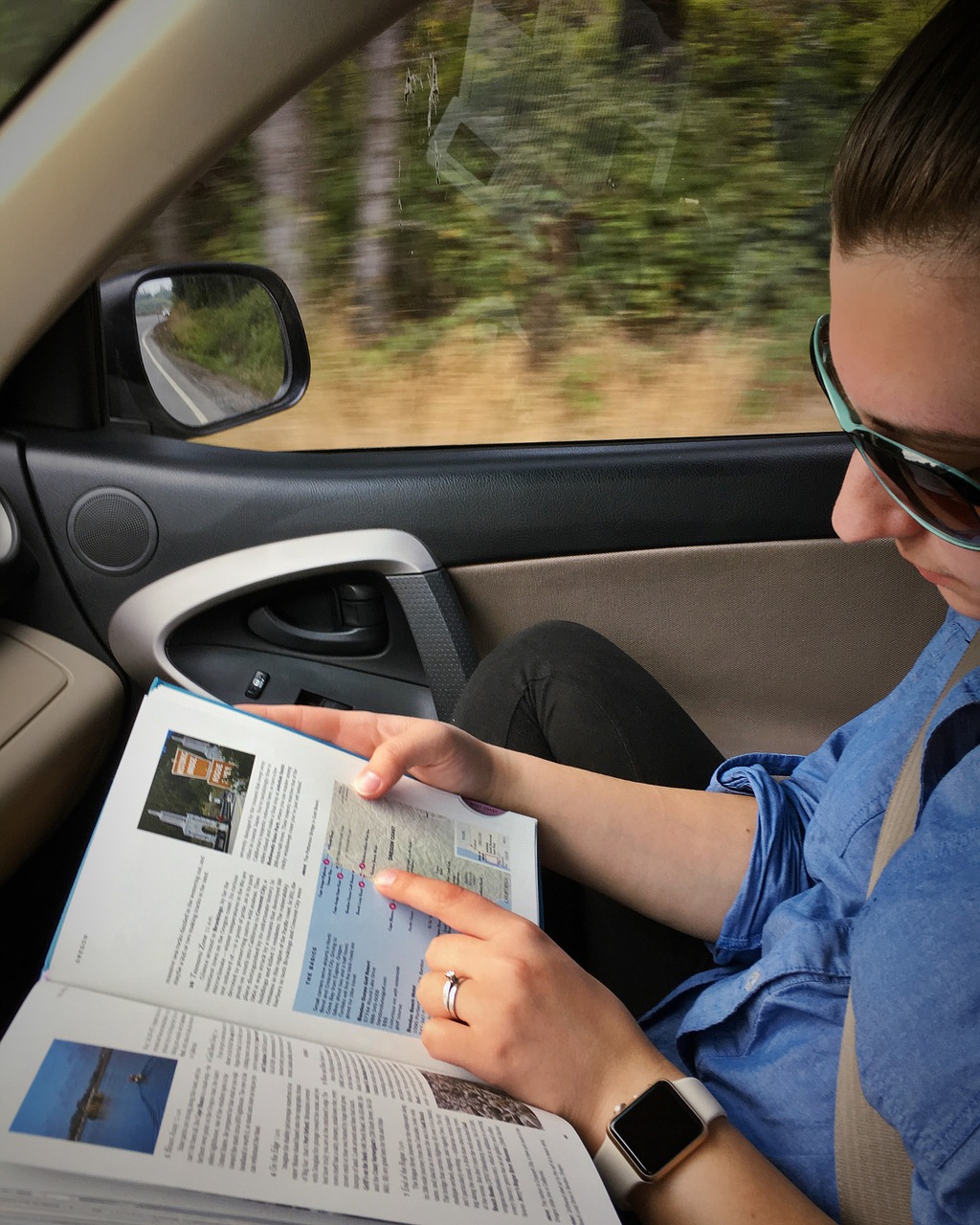Guidebooks help guests make the most of their visits to an attraction.
Guidebooks should be written in plain language so that it is easy for guests to understand. It should also be easy to use and attractive to look at.
Here are seven items that every guidebook should include:
1. Maps
It is easy to get lost in an area one has never visited before. Every guidebook should have a detailed map of the attraction. It is important to label points of interest so that guests can make the most of their visit.

The map should also include restrooms, security stations, first aid stations, gift shops, and customer service stations. Having these items on the map directs guests to the appropriate places to get their needs met and creates a safe environment for them to enjoy the attraction.
2. Safety Information
Guests not only need to know who to go to for assistance but what to do in case of an emergency.
Potential emergencies vary based on the size and location of your attraction. For instance, an indoor attraction should have fire exits clearly marked. Outdoor attractions with shelters intended for use during bad weather should be clearly marked in the guidebook.
The guidebook should also indicate where any onsite automated external defibrillators (AED) are and include directions on their use.
Additionally, emergency contact information should be listed even if it is as simple as indicating that 911 should be called for emergencies. People from out of the country may not be familiar with local emergency numbers and in emergencies, people often panic. Having a safety section in your guidebook keeps your visitors safe.
3. Attraction Rules
It is important to have a list of rules for guests to follow. Sometimes attraction owners think that rules should be self-evident but guests who have never been to a similar attraction before may be unaware not to touch paintings in a museum or to stay behind the boundaries at a zoo for safety.
Whatever rules you expect your guests to follow should be stated clearly in your guidebook so that visitors know how to behave appropriately.
4. Attraction Dates and Times
Every attraction owner wants their visitors to return for subsequent trips. It is important to tell guests the times that the attraction is open as well as any dates the attraction is closed. If an attraction varies by season, such as a living history farm, that should be noted as well. This lets guests know what to expect from different visits and to plan future visits. Be sure to include any fun traditional events like Christmas lights or 4th of July fireworks.
5. Contact Information
Make sure your guidebook lists contact information that guests might need. This should include the phone number to customer service, the website, and any social media presence your attraction has.
6. History
Make sure your guidebook includes some history and context for your attraction. How did it come to be, who created it, why was it created, etc. If pictures are available include them. Guests will appreciate learning the wider context of the attraction they are visiting. It will help them appreciate the sights they are seeing and make them feel emotionally invested in their visit.
7. Local Interests
Your guests will be coming from far and wide. It is wise to give them information in your guidebook about the area outside of your attraction. Suggesting lodgings, foods, and related attractions can give your visitors a more impactful visit. Be sure to include local small businesses. Visitors will appreciate experiencing the uniqueness of your area and will want to visit your attraction again.
Now that you know what to include in your guidebook are you ready to get started? InstantPublisher can help with all your professional printing needs. Whether you want to make informational guidebooks, eye-catching calendars, or glamorous brochures InstantPublisher is the printer for you. Visit our website today for more information.

